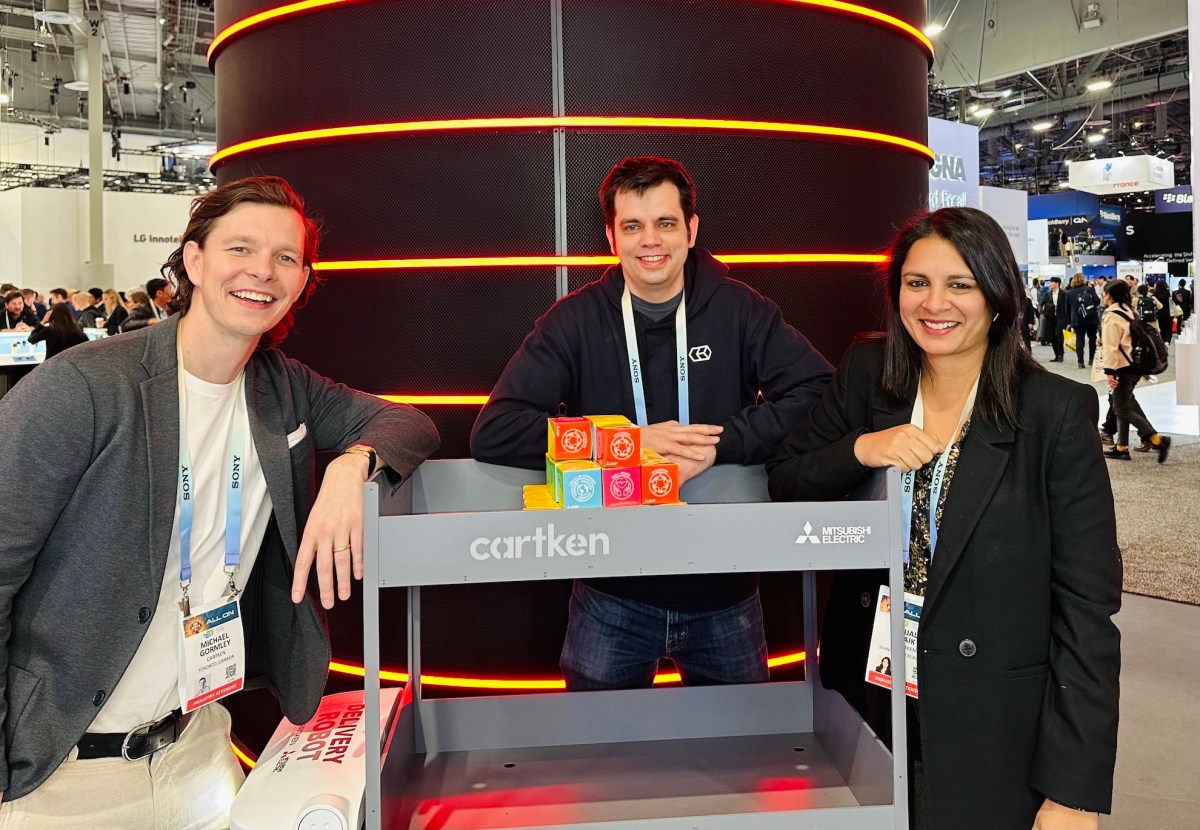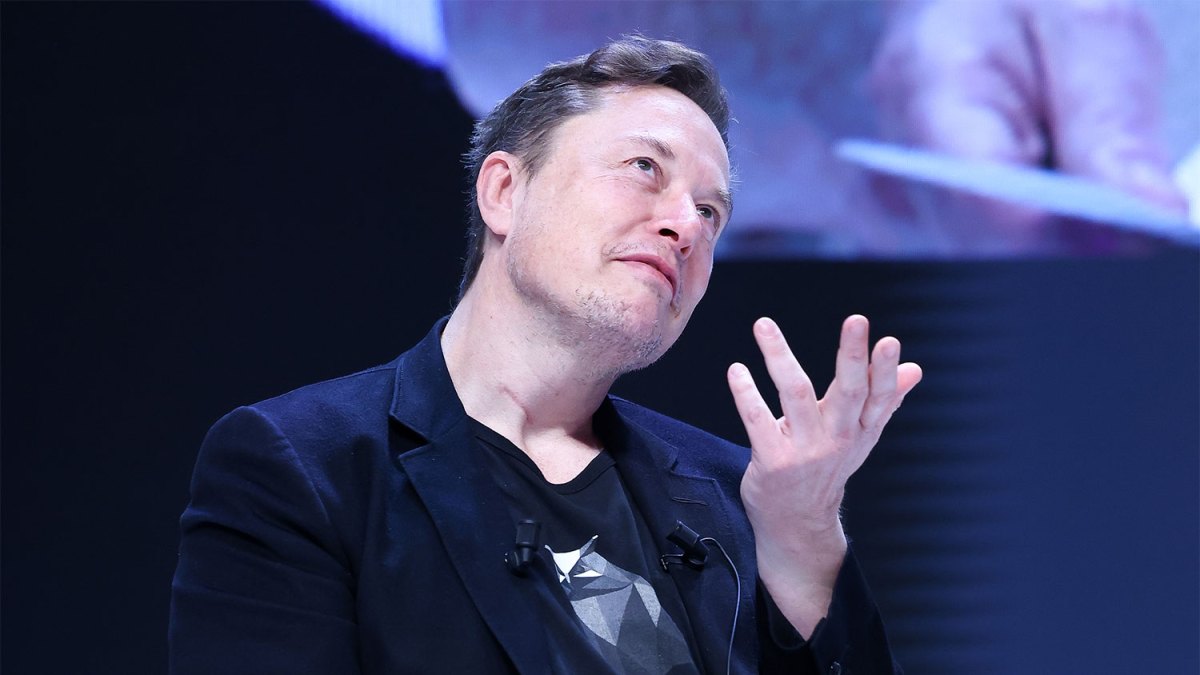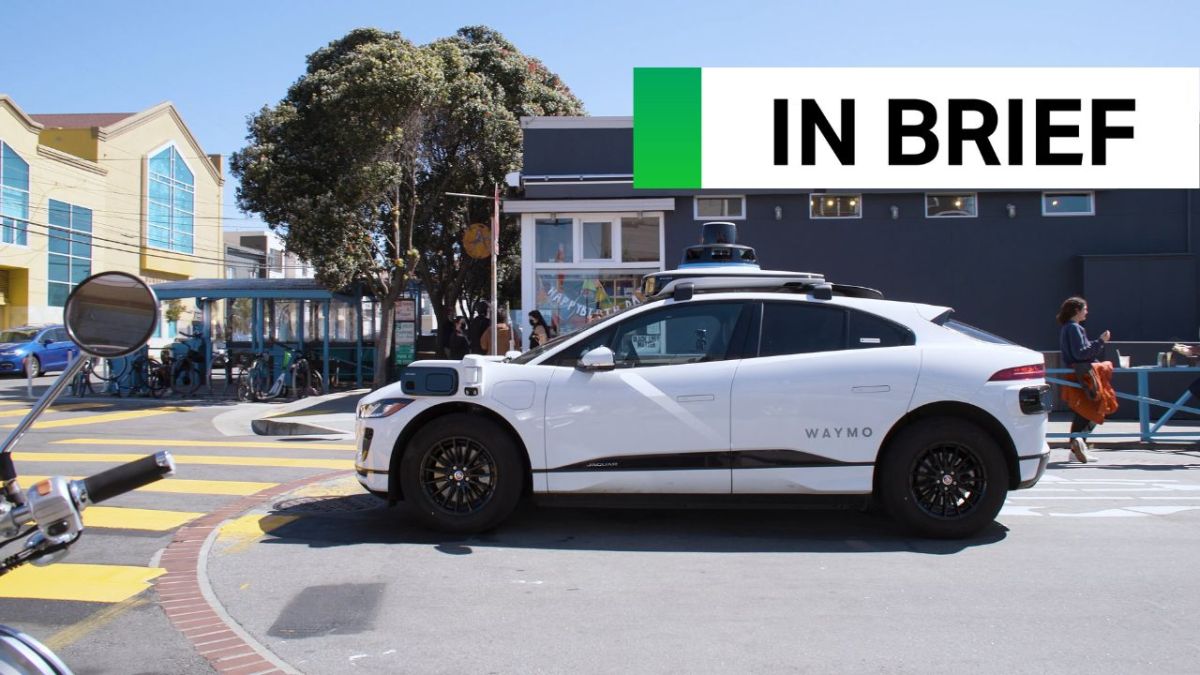
Posted by EditorDavid from the car-talk dept.
“Let’s get one thing out of the way,” writes the Verge’s transportation editor. Contrary to what you may have heard about U.S. sales of electric vehicles — sales are up. [Consumer insights company] JD Power is projecting that 1.2 million EVs will be sold in the US by the end of 2024, an increase over 1 million sold last year. That’s 9 percent of total vehicles sold, which has been revised down from a previous prediction of 12 percent… Overall, an additional 35,000 battery-electric vehicles were sold in the first seven months of 2024 as compared to last year, JD Power says.
That includes hybrids and PHEVs, which I think gets at the root of the problem. Those who were expecting an even swap — battery-electric for internal combustion — didn’t anticipate the popularity of hybrids in the market. If anything, hybrids are cannibalizing EV sales, giving the pure-battery electric vehicles more competition than anticipated. But in retrospect, it makes sense. What better response to “range anxiety” than a vehicle that, in a sense, operates as an electric vehicle until the battery runs out, and then switches over to gas…?
EVs are still too expensive, giving potential buyers sticker shock. According to data from Kelley Blue Book, the average transaction price for an electric car in July 2024 was $56,520. Meanwhile, the average gas-powered vehicle is selling at $48,401. There’s also a depreciation problem. New research out of George Washington University finds that older EVs depreciate in value faster than conventional gas cars. Some even lost 50 percent of their resale value in a single year. The upside is that newer models with longer driving ranges are holding their value better and approaching the retention rates of many gas cars.
The charging experience is still wildly out-of-sync for most people. Either it’s the single most satisfying thing about owning an EV or it’s the worst. And the distinction is usually between people who live in houses and can install a home charger in their garage and those who live in an apartment building or multi-unit housing and have to rely on unreliable public chargers… But JD Power is optimistic about where that’s heading, especially as public satisfaction is growing in both Level 2 and DC fast charging over two consecutive quarters. The Biden administration also continues to make massive investments in public charging, which should slowly ease the experience of public charging from “soul-sucking” to “honestly whatever.”
The article concludes that the EV industry needs patience and flexibility. But more than that, it “needs to slow it down with the six-figure, luxury pickups and SUVs and start offering more low-cost compact cars and sedans.”
I’ve noticed several design suggestions in your code.
Working…





